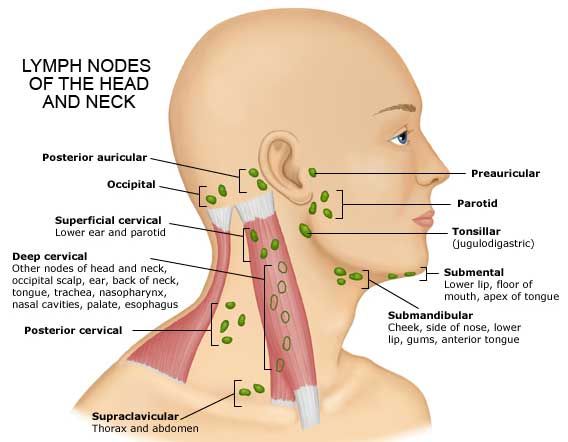Salivary Glands Below The Floor Of The Mouth

Under the tongue inside the cheeks and at the floor of the mouth.
Salivary glands below the floor of the mouth. The average length of the normal human submandibular salivary. There are three pairs of large salivary glands. Sialadenitis creates a painful lump in the gland and foul tasting. They produce most of the saliva in your mouth.
An oral mucous cyst will develop near one of the openings of the salivary glands under the tongue or on the lips cheeks or floor of the mouth. A tear in a salivary gland. As the name indicates these glands are located on the lower jaw angles on each side of the face. A bump or injury could cause swelling or inflammation to the salivary gland and lead to mucus buildup.
There are three pairs of relatively large major salivary glands. Their duct opens in the floor of the mouth with each on either side of the frenulum of tongue. Located in the upper part of each cheek close to the ear. Salivary glands are located in the mouth.
Mucous cysts appear as soft swollen lumps that. Sublingual glands which are on either side of the tongue deep under the floor of the mouth. Cysts can form because of an infection especially. They have many small ducts.
These are the smallest of the major salivary glands. These glands lie in the floor of the mouth under the tongue and in front of the sub mandibular glands. On stimulation their contribution decreases in proportion as the parotid secretion rises to 50. There are also hundreds of smaller glands.
Parotid glands are found in front of and just below each ear. Sublingual glands are under the tongue. A blockage can cause mild to intense pain in any of those areas depending on where the duct is located the size of the stone and the length of time you ve been affected by the blockage. The salivary glands make saliva and release it into the mouth.
These are the smallest of the major salivary glands. Salivary glands are located in a number of areas in the mouth. The paired submandibular glands historically known as submaxillary glands are major salivary glands located beneath the floor of the mouth they each weigh about 15 grams and contribute some 60 67 of unstimulated saliva secretion. Submandibular glands are below the jaw.
If you have been diagnosed with salivary gland cancer knowing a little bit about the salivary glands will help you talk to your doctor about surgery or other aspects of your care.



















